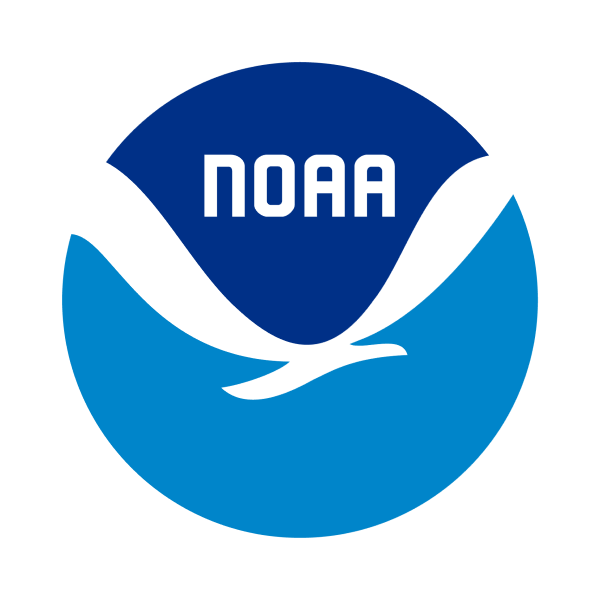Gulf of Alaska Keeper is leading professional and volunteer crews to remove large marine debris from the remote and rugged coastline of Montague Island in the northern Gulf of Alaska.
Type of Project: Removal
Region: Alaska
Project Dates: October 2024 - September 2026
Who is involved?
With support from the NOAA Marine Debris Program, Gulf of Alaska Keeper is coordinating and executing the cleanup of remote beaches on Montague Island, which lies in the northern Gulf of Alaska at the entrance to Prince William Sound. The Center for Alaskan Coastal Studies and Prince William Sound Stewardship Foundation are recruiting and managing all volunteers, and facilitating community outreach and engagement. Natal Grounds, a research consultant to the project, is supporting field research and data collection and analysis, bringing significant science knowledge and experience to help provide analysis and intuitive data analysis and visualizations.
What is the project and why is it important?
Montague Island — named ‘Suklluq’ by the Sugpiaq/Chugach people of Prince William Sound — receives a large amount of marine debris annually. Because of the island’s position on the outer coast of the Sound, these shorelines experience frequent and violent storms, with high winds and wave action that bring significant amounts of marine debris onshore. Much of the marine debris that arrives on the island’s shorelines, including derelict fishing nets and creosote lumber, comes from distant sources around the North Pacific Ocean. The debris that washes up poses ingestion and entanglement hazards to commercially and culturally important animals and habitat. With variable and challenging weather conditions and beach areas exposed to high wave action, the island makes for a complicated place to conduct cleanup operations, as typical removal techniques used elsewhere in Alaska are often impractical or impossible to use.
Gulf of Alaska Keeper is coordinating and executing a cleanup of Montague Island, setting up field bases for professional and volunteer workers. These crews are transported by helicopter to clean the island’s remote and rugged shorelines, where they are gathering debris into large, heavy-duty super-sacks and geotagging their location. The sacks are then attached to helicopters on a sling and carried to a barge, where the debris is ferried to Anchorage for recycling and disposal. This includes recycling of debris wherever possible, and processing plastics that cannot be recycled into construction materials.
The Center for Alaskan Coastal Studies and Prince William Sound Stewardship Foundation are spearheading educational outreach by engaging volunteers and neighboring communities in the cleanups on the island. Gulf of Alaska Keeper is sharing project progress and outcomes with communities in the region.
Along with targeted large debris removal, Gulf of Alaska Keeper staff and volunteers are collecting marine debris data at four sites that represent a broad spectrum of the island’s shoreline types. This data will help to inform future prevention and cleanup efforts.
For more information about this project, visit the Marine Debris Program Clearinghouse.
 An official website of the United States government.
An official website of the United States government. 
